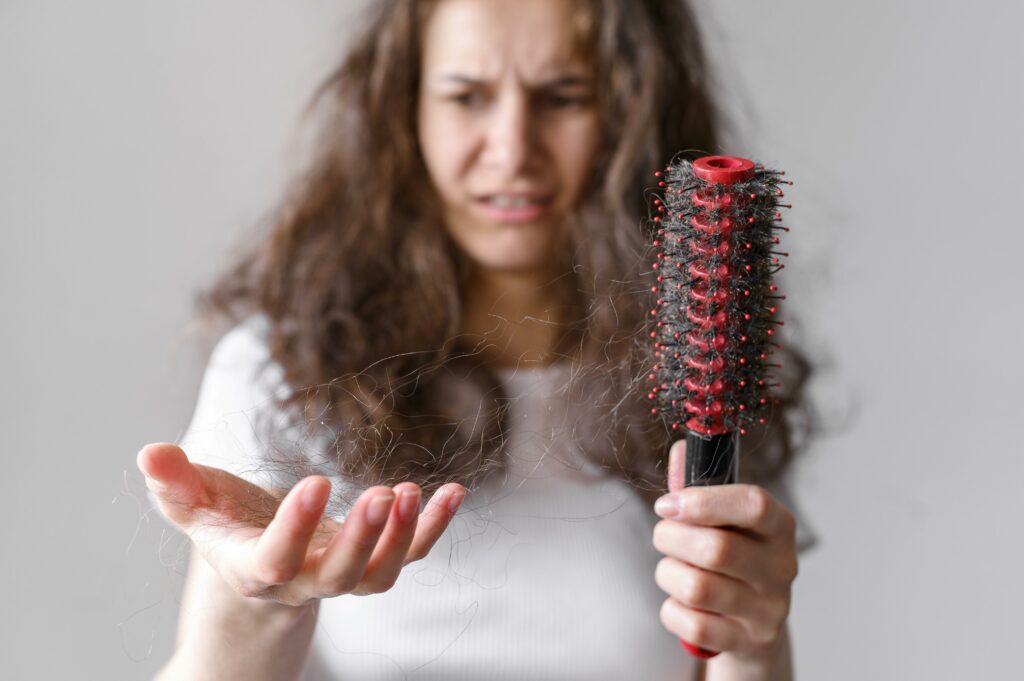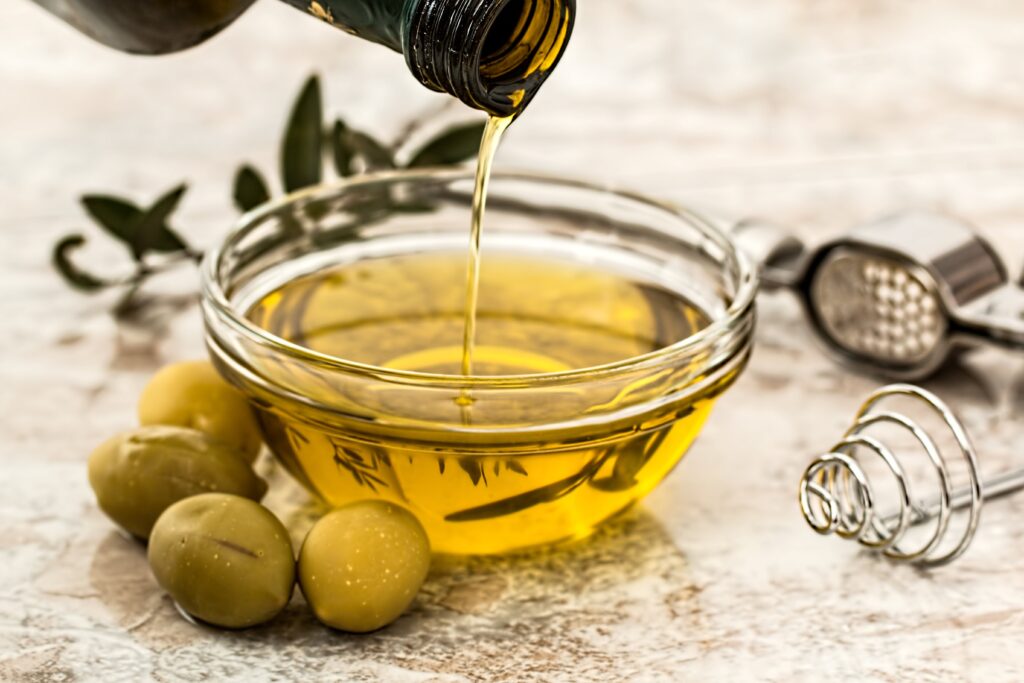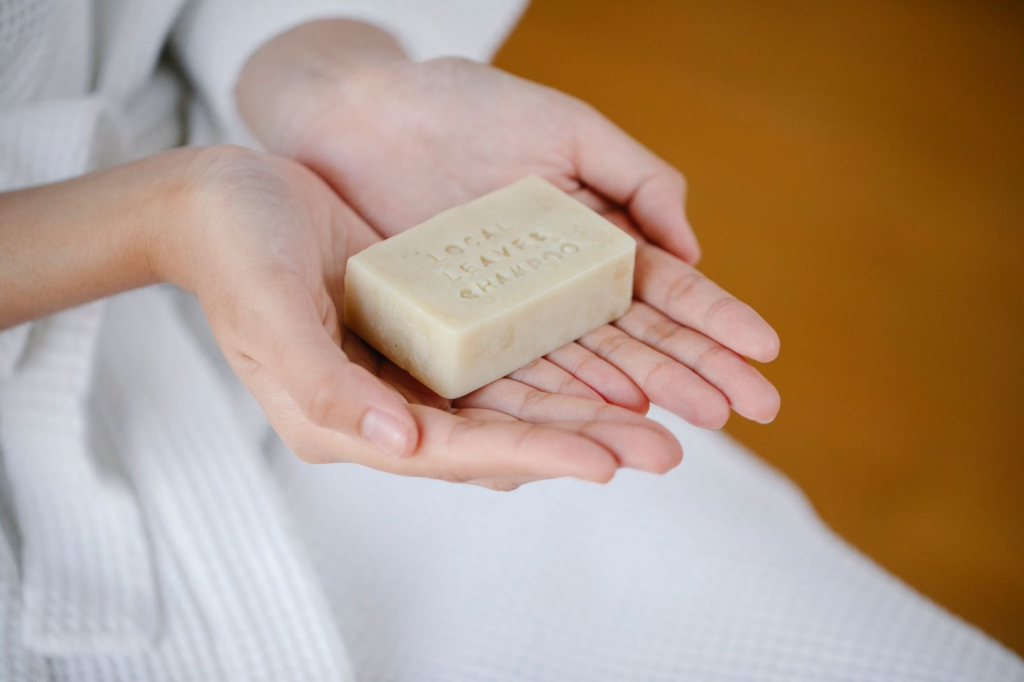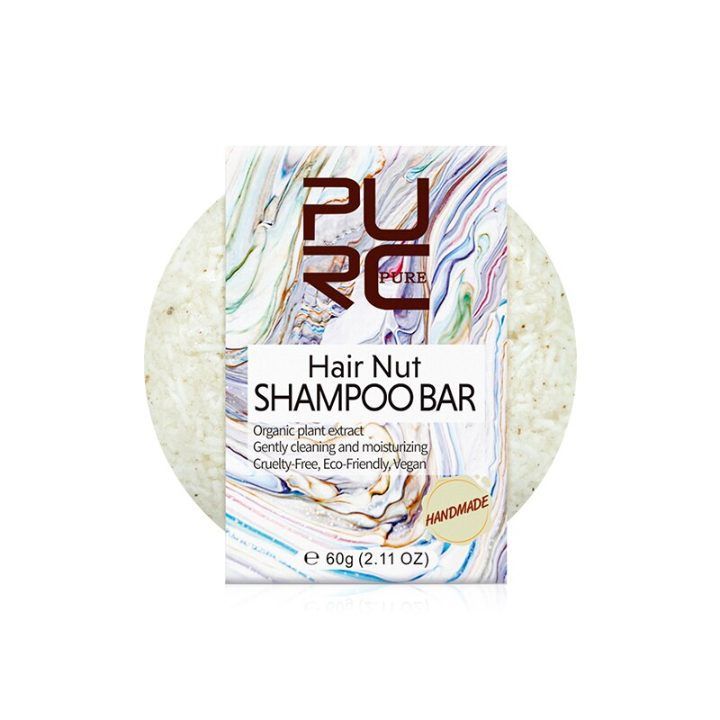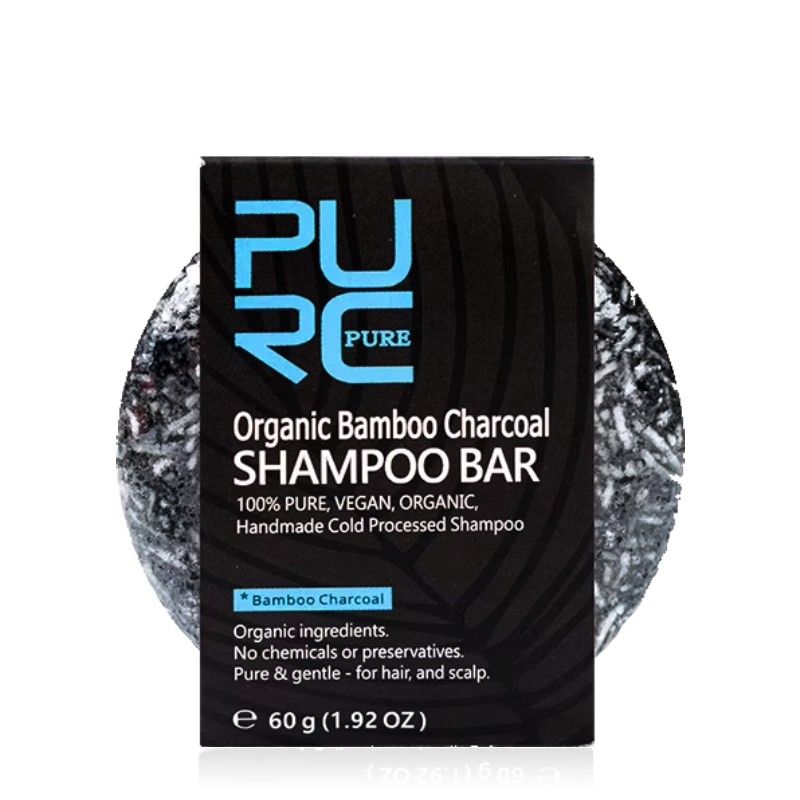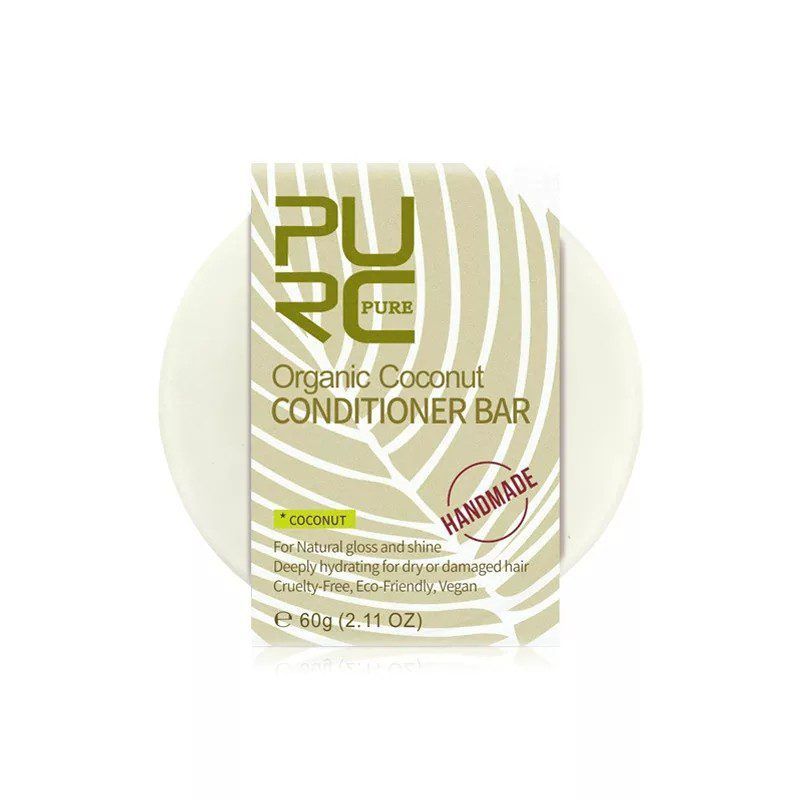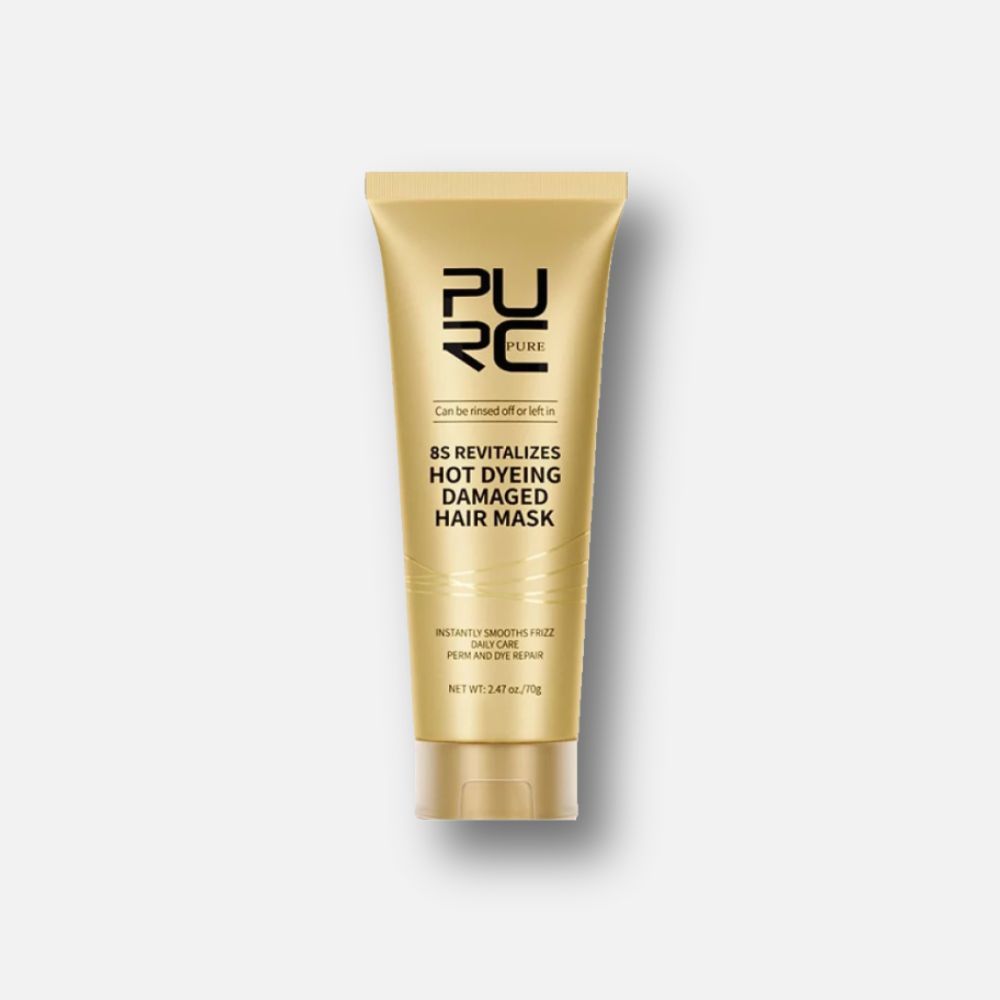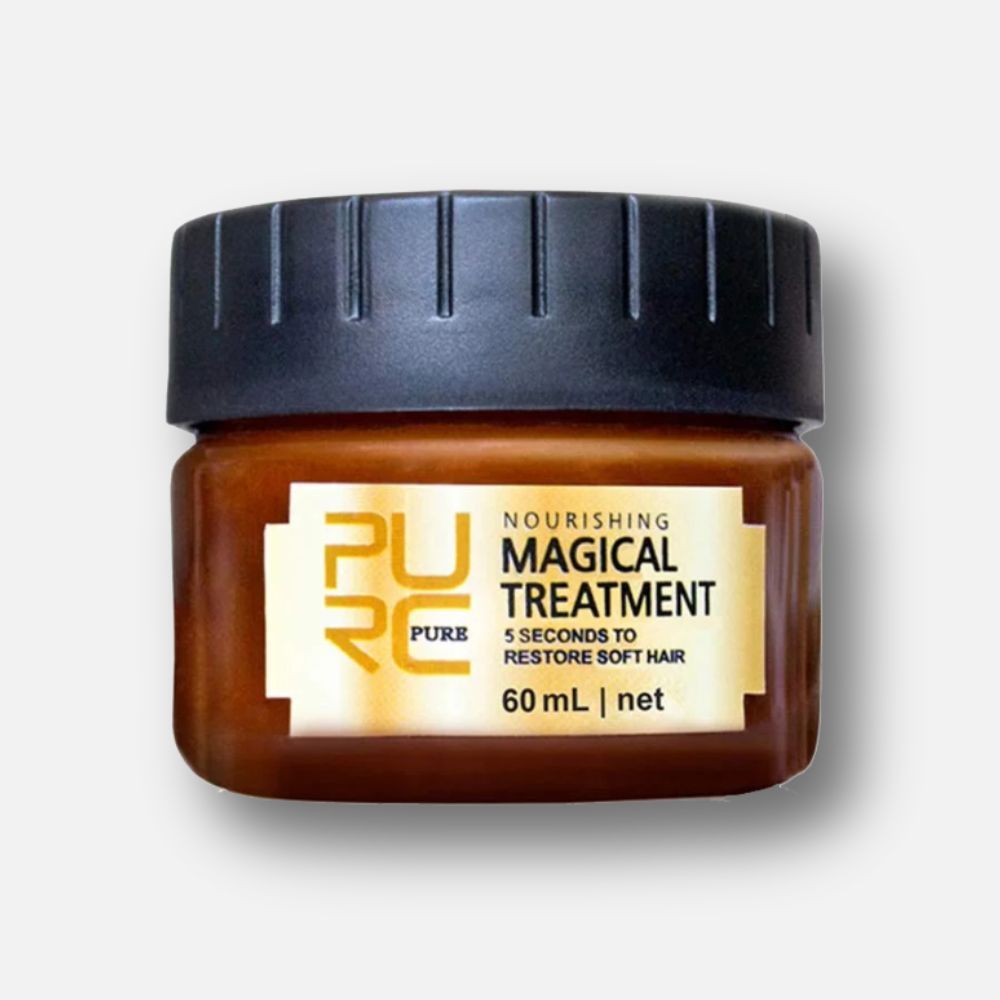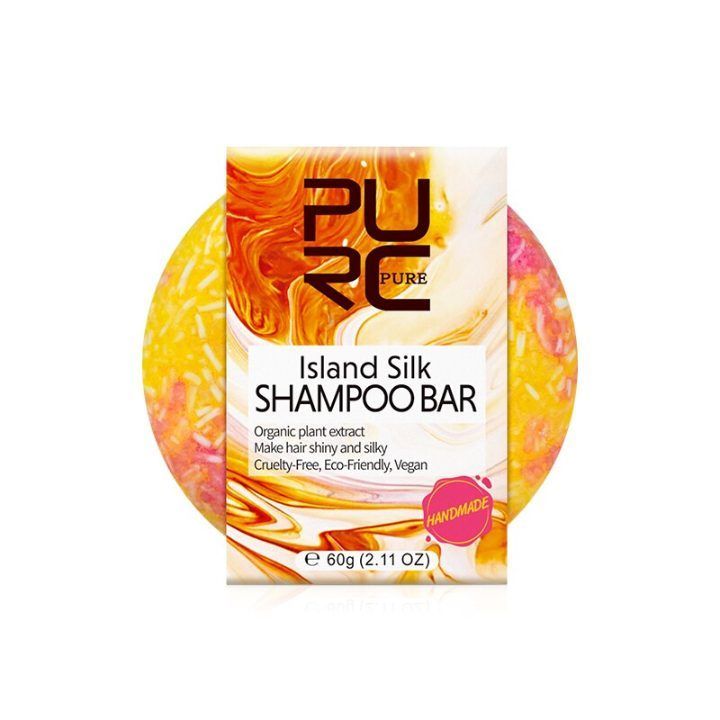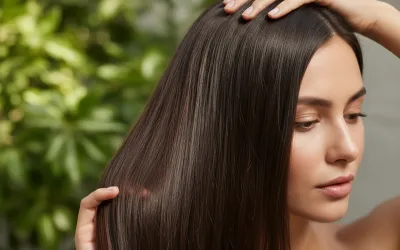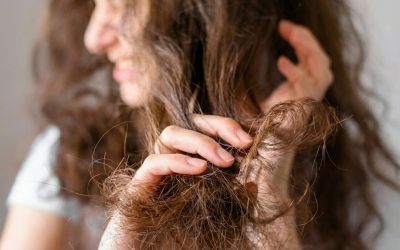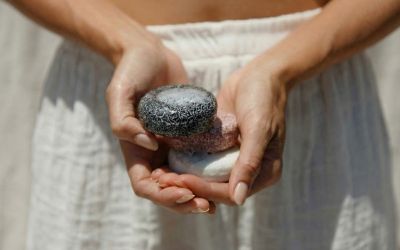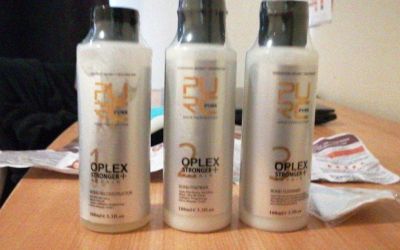Don’t let humidity hijack your hair health! In this post, we spill the secrets to combatting hairfall amidst monsoon madness, with helpful insights and recommendations for healthy, bountiful locks all season long!
The humid monsoon brings unique haircare woes.
Between the perpetual dampness and unrelenting downpours, maintaining lush locks seems impossible. Excess moisture causes the hair cuticle to swell, creating frizz and tangling. To make matters worse, high humidity strips essential oils, leaving hair parched, lifeless, and prone to breakage. Increased hair loss is also common during monsoon resulting in lackluster density.
But don’t let the rains wash away your good hair days!
In this blog, we’ll unlock the secrets to reversing monsoon hair damage for restored moisture, strength, and volume. Discover solutions like targeted nourishment, protective styling, and damage control to keep your mane thriving.
Understanding Humidity and Its Effects on Hair
Monsoon brings respite from blazing summers, but for our manes, it commences an annual hostage-like situation. One where humid air infiltrates as the sinister enemy, breaking bonds and weakening strands stealthily from within.
Decoding the Damage Dynamics
Abundant moisture compels the cuticle to swell and lift, granting easy access for pollutants to enter the cortex and wreak havoc. Structurally, hair comprises interlocking keratin chains scaffolded by an abundance of hydrogen bonds. These minuscule yet mighty connections provide strength and flexibility.
But humid conditions ruthlessly dissolve these very bonds. The hostage crisis triggers as moisture perpetuates the relentless making and breaking of bonds, weakening the keratin infrastructure.
Hair structure, stretched and constricted repeatedly, becomes fragile, brittle and exceedingly porous over time. The hydrogen bonds keeping keratin chains interlaced resemble a fragile truce between elements. One that humidity hijacks mercilessly each monsoon!
Root Breach Catastrophe
The increased porosity concentrated at follicles causes significant seasonal damage too. Humidity allows debris and fungi easy access, clogging pores and suffocating roots. As phyto-nutrients unable to reach follicles, hair growth cycles stagger.
Excess sebum and sweat also accumulate along strands in the humidity. This rich breeding ground for infection creates inflammation, itchy scalps and hair fall.
Essentially, humid air infiltrates stealthily and embarks on structural sabotage along the lengths and at the roots. Tricking our trusted moisture defense to allow the breach!
Response Rescue Regiments
Busting this humid hostage ring requires customized counter-ops – strengthening bonds, lowering porosity and fostering resilience through strategic hair care regiments.
With the right arsenal of leave-ins, rinses, and shampoos, we can combat humidity’s authority. Lightweight serums reinforce bonds and shield cuticles without residue accumulation. Gentle cleansers eliminate debris without stripping completely. Tea tree, honey and apple cider vinegar maintain moisture equilibrium across the scalp mantle.
The occasional deep conditioning treatment reverses the cumulative seasonal damage as well.
Fight back against the frizz foe through knowledge first about its modus operandi. Then crack its damage code via tailored protective practices! Regain mane management this monsoon!
Expert Monsoon Haircare Advice
Moisture compels the hair cuticle to swell and lift. This allows environmental debris easy access to penetrate the cortex, creating brittleness and breakage over ti me. Simultaneously, humidity also sparks extreme sebum buildup along the scalp and strands.
Trichologists link high humidity to increased dandruff, infections, and hair fall. The ideal breeding ground it provides for bacteria and fungi to attack the scalp and follicles. Maintaining scalp health is thus critical.
Gentle, regular cleansing with anti-fungal elements like ginger eliminates debris buildup. Ginger improves circulation as well, ensuring optimum nutrient supply to hair follicles while preventing infections.
Follow a strategic hydration regimen to reverse humidity damage while retaining the necessary moisture balance for hair strength.
How To Take Care of Your Hair
Frizz and unwanted volume plague many during the sticky months. But you can outsmart the fuzz! Follow these tips for smooth, glossy strands even in soaring humidity:
Taming Mane Mayhem 101
Shampoo using mild saponin-based cleansers like tea tree shampoo bars to eliminate oil and buildup sans stripping hair completely. The tea tree soothes itchy, infected scalps as well.
Follow up every wash with antifrizz leave-in serums or a nourishing rinse like apple cider vinegar which seals the cuticle and creates a protective barrier against humidity. Apple cider also restores the scalp’s ideal acidic pH, preventing infection spread.
Strategically use rich hair masks once a week to inject moisture into parched mid-lengths and ends. Opt for deep conditioning formulas with humectants like shea butter, panthenol and aloe vera to reverse this seasonal damage.
Avoid daily oil-slathered roots to prevent fungal breeding grounds forming along the scalp. Focus lighter oils only on the lengths. Alternatively, try dry hair spritzes using floral hydrosols for touchups during the day.
Protective Styling is Essential
Never step out into the oppressive moisture with open, loose hair. Always tie up tresses into loose buns, braids or ponytails using soft scrunchies when heading out. Tight elastics rub against the delicate scalp skin, causing irritation and follicle stress. This worsens hair fall.
Avoid heat styling tools as well to prevent hygral fatigue and cuticle blowouts. Let those luscious locks air dry instead for minimal seasonal damage. Sleep on satin pillowcases to avoid night friction leading to split ends.
Scalp Care Promotes Healthier Roots
Gently massage antimicrobial essential oils like rosemary, lemon, peppermint, and ginger onto the roots and scalp. Massaging improves blood circulation, ensuring optimum nutrient supply to each follicle. This boosts strength and speeds up growth cycles.
Essential oils curb bacterial/fungal issues without stripping natural scalp oils like harsh shampoos do. Focus this massage on the follicles using small circular motions to stimulate dormant roots without overpulling fragile strands.
Growth Factors for Follicle Nourishment
Follow-up oil massages with a daily scalp serum packed with hair nutrients like biotin, and niacin as well as follicle energizers like ginseng, apple stem cells, and red clover. Using a cocktail of these along with scalp circulation ensures the fastest, thickest regrowth reducing seasonal shedding and thinning.
Oiling Hair: Benefits and Precautions
Oiling is an age-old tradition, but how suitable is keeping up oiling practices during humid monsoons? Let’s analyze the nuances in depth.
Decoding the Benefits
Hair oils provide concentrated fatty acids that strengthen hair structure and retain moisture. Oils minimize hygral fatigue – the swelling and constricting strands face in humid weather. They lubricate the cuticle to prevent friction damage and bind broken bonds across damaged areas.
Massaging oils sparks blood circulation to follicles. This improved nutrient supply reduces follicle starvation, preventing hair fall. Oiling curbs the lipid loss natural cleansers cause as well. Locking in the scalp’s sebum preserves the acid mantle defense.
But over-oiling breeds trouble in monsoon…
Choosing the Right Hair Oil
Prioritize lighter oils like sweet almond, grapeseed, and jojoba for monsoon oiling instead of thick, greasy coconut and castor oils. The latter risks trapping moisture and breeding germs.
Alternatively, ginger-based hair oils provide antifungal and circulation-boosting benefits. Ginger extracts curb infection spread while increasing nutrient supply to follicles for faster regrowth. Other suitable options include tea tree, rosemary, and lemon oils that provide antimicrobial properties without clogging pores.
Precautions Against Over-Oiling
Avoid daily, heavy oiling year-round, not just monsoon. Over greasing traps sweat and debris along the scalp, risking severe infections, dandruff, and hair fall. Focus application on mid-lengths and ends instead of massaging large quantities into the roots. Section hair and oil strands gently without tugging at follicles.
Maintaining Scalp Health
Allow some gap days between oiling instead of daily greasing. Shampoo off excess oil after 20 minutes of application. This eliminates debris without stripping the scalp completely.
Rinse post-shampoo with apple cider to fortify scalp pH without excessive drying. Finally, towel dry gently and apply a leave-in serum for continued nourishment minus the grease.
Locks that Last Through the Monsoon
A selection of ginger-based products intended primarily for monsoon hair care is offered by PURC Organics. These solutions are designed to cope with the difficulties caused by hair loss, fungus infections, and humidity.
Rosemary and Ginger Anti-Dandruff Hair Development Cream: This lotion is perfect for monsoon hair care because it reduces dandruff and encourages hair development.
Quick Growth of Hair Oil of ginger essence: This oil, which contains the nourishing elements of ginger, helps to strengthen hair, minimize hair loss, and stimulate speedy hair growth.
Organic Bar of Ginger Shampoo: A pH-balanced shampoo bar that gently cleanses hair while maintaining the scalp’s natural balance.
PURC Anti-Hair Loss Serum for Hair Growth: This serum was made specifically to combat hair loss, and it contains ginger to promote healthy hair growth.
Humid weather no longer equates to bad hair days. As we’ve discovered, strategic oil usage, gentle cleansing routines, and follicle-fortifying serums help conquer seasonal hair woes.
Implementing a customized hair care plan keeps damage, grease, and infections at bay even in the monsoons. Follow our recommendations on shampoo bars, leave-in creams, and hydrating treatments for lustrous, resilient tresses no matter the weather. Divert the hair damage by staying one step ahead this season!
We hope these tips help you maintain scalp health and hair integrity through the humid months. Don’t forget to check our other hair care blogs as well for advice on conditioners, masks, and styling products suited to the season.
Say yes to hair that’s resistant to seasonal damage! With knowledge and prep, you can master the monsoon mane game and step out frizz-free every day.
FAQs
1. Why does humidity affect my hair?
Humidity causes hair to absorb excess moisture, leading to frizz and flatness. It disrupts the hair’s natural structure.
2. How can I protect my hair from humidity?
Use anti-frizz products, like serums or sprays. Opt for hairstyles that keep hair contained, and consider protective accessories like hats or scarves.
3. What ingredients should I look for in humid hair care products?
Seek products with ingredients like argan oil, shea butter, and glycerin to combat frizz and lock in moisture.
4. How often should I wash my hair in humid weather?
Limit washing to 2-3 times a week to prevent stripping natural oils. Use a sulfate-free shampoo and conditioner for optimal results.
5. Can I still style my hair in humid conditions?
Absolutely! Consider heatless styles, braids, or updos to maintain control. Use hair accessories to add flair while keeping humidity at bay.
6. Are there DIY remedies for humid hair?
Yes! Masks with ingredients like coconut oil and honey can restore moisture. Rinse with apple cider vinegar to smooth the cuticle.
7. How do I revive my hair after exposure to high humidity?
Deep condition regularly, use a wide-tooth comb to detangle and consider periodic trims to prevent split ends and damage.


